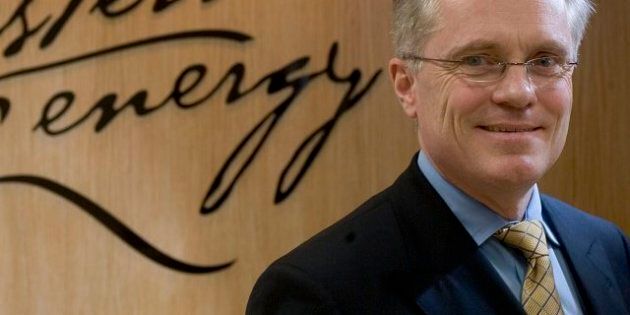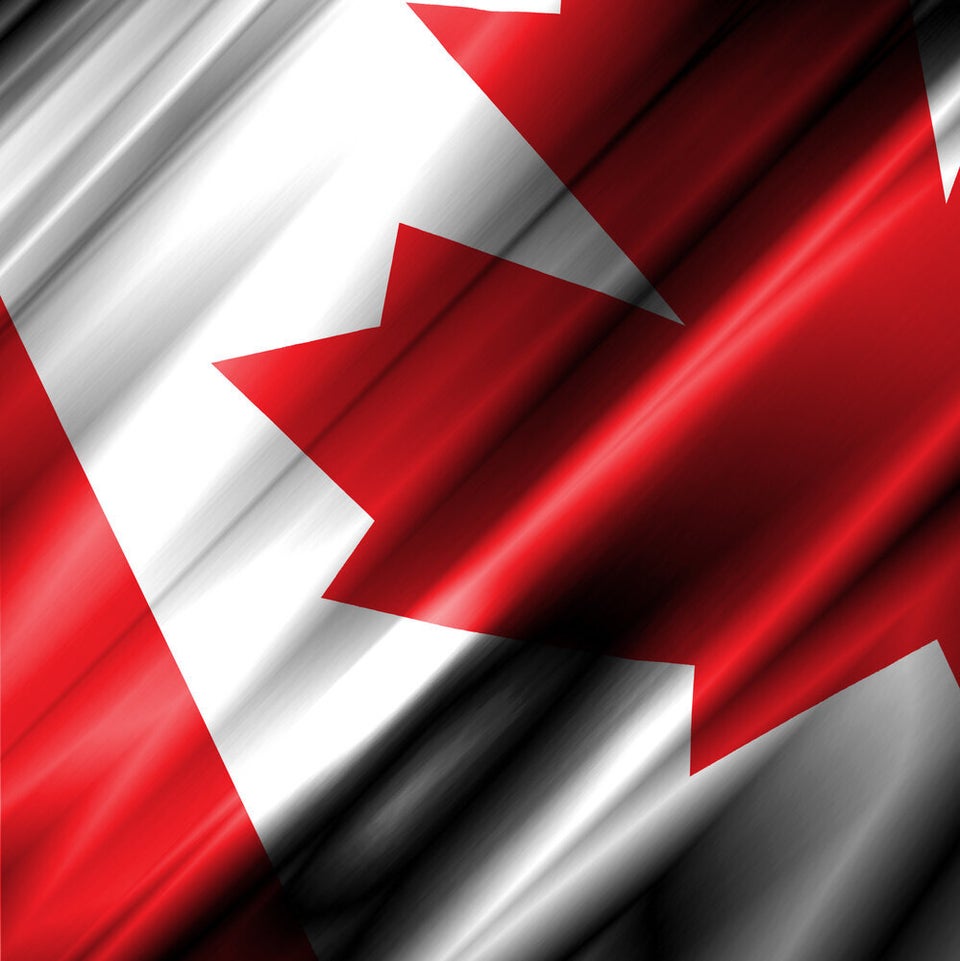
The new head of Quebec’s oil and gas lobby has compared Quebec to a social assistance recipient in a commentary criticizing the way transfer funds are meted out to provinces.
Michael Binnion, head of the Quebec Oil and Gas Association, made the comparison in a blog entry where he argued that the way transfer funds are set up encourages provinces like Quebec — which is the largest recipient of transfer funds — from developing its oil and gas resources.
“The government of Quebec is like a person on government assistance,” Binnion wrote. “If they get a job their assistance goes down. If they lose a job their assistance goes up.”
He added: “In provinces like Alberta, we need to realize that equalization is not something we do for Quebec – its something we do to them!”
Story continues below slideshow
Binnion, an Alberta native who run Questerre Energy and occasionally blogs for The Huffington Post Canada and The Huffington Post Quebec, explained to the National Post that the federal government claws back half the revenue provinces make from resource exploitation by reducing transfer payments.
For a major recipient of transfer payments like Quebec, this creates a disincentive to develop natural resources.
Binnion says royalties from oil and gas could plug Quebec’s $10-billion budget hole, LesAffaires.com reported.
He recommends changing the equalization payments structure so that Quebec can keep both its full share of federal funds and reap royalties from oil and gas exploration.
“How did we reform welfare? We stopped taking away people’s benefits when they got a part-time job. And how did we reform equalization for Newfoundland? We didn’t take away their benefits when they developed [the Hibernia off-shore oil field] or when they developed Voisey’s Bay [nickel mine],” he said as quoted at the Post.
“We gave them an extended period of time to develop them and increase their revenues. And then we phase out equalization when they can afford it.”
The equalization payments system has been an occasional source of political controversy in Canada since its inception in 1957. Quebec is the largest recipient, taking $7.8 billion of more than $16 billion in payments for the 2013-2014 fiscal year.
Ontario, traditionally a “have” province that paid more in to the equalization program than it got back from Ottawa, has fallen into “have-not” status in recent years and has started receiving payments. But a study from the Mowat Centre found the province still contributes about $11 billion more to the federal government than it gets back in services and funds.
The current equalization plan expires in 2014. While some analysts have called for reforms to the system, in particular to de-politicize it, Prime Minister Stephen Harper has said he foresees few changes to the program coming out of negotiations for a new deal.
